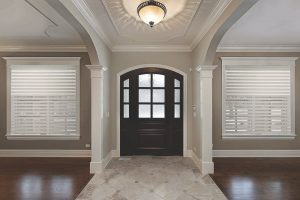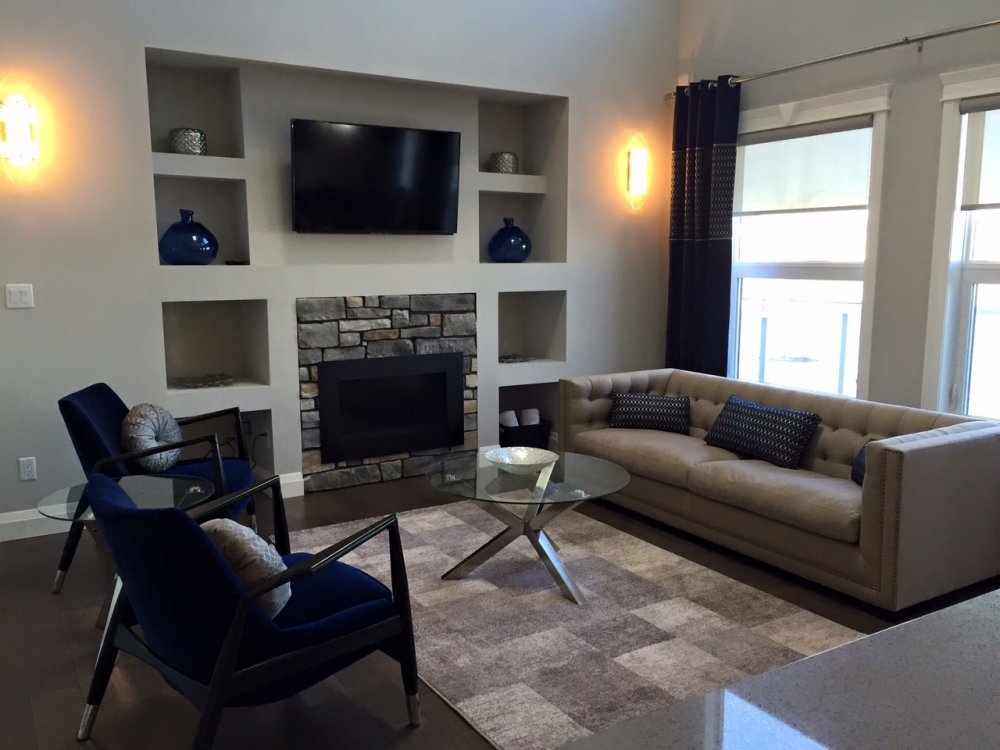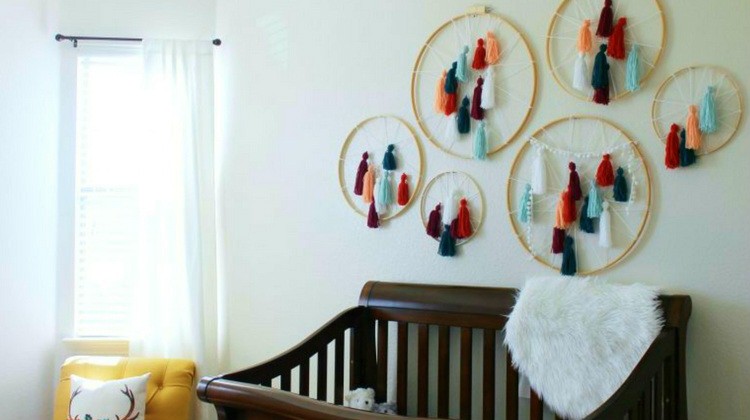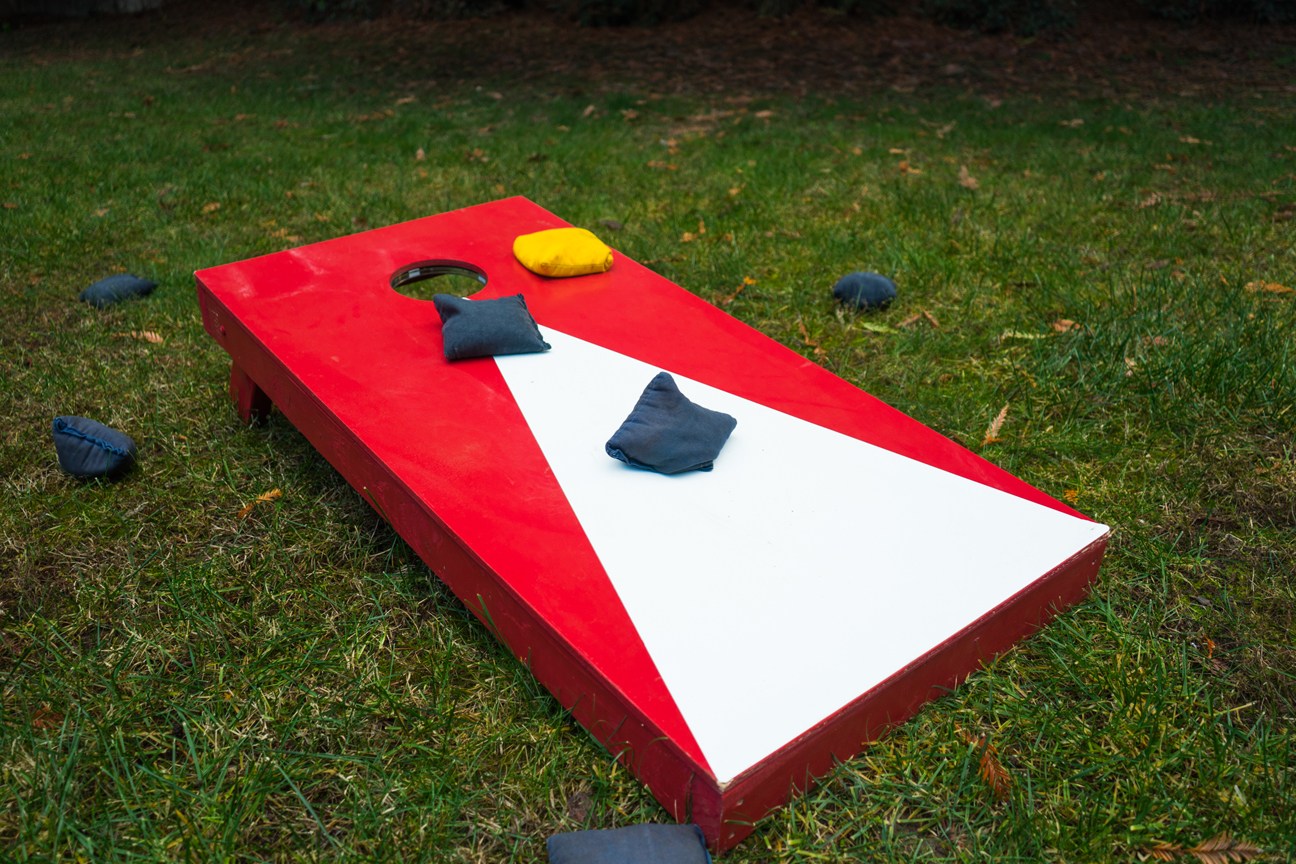Adding the Finishing Touch: Interior Moulding and Trim
Finishing touches are how ordinary things become remarkable masterpieces. For example, if you were to look beyond the sequins, a ballerina’s intricate tutu is just a plain leotard. Without that secret dash of something extra, the gourmet chef’s chicken tastes just like something you whip up for dinner any normal night. The same can be said for your home design – the little details like trim and moulding can make all the difference in the overall look and feel of your personal paradise.
Once upon a time, moulding was an installation nightmare that overwhelmed the most ambitious designers. Materials were heavy, difficult to manage, and still needed to be primed, painted, cut and positioned – certainly not a task for the average homeowner to undertake. Today’s materials eliminate some of those challenges, making moulding and trim installation a wonderful do-it-yourself task that is not terribly time consuming. But before busting out the caulk gun and your hammer, there is some preparation.

Moulding and trim is both decorative and functional. Once installed, the details are eye appealing and add significantly to your decor, all while hiding joints from your walls, floors, ceilings, windows and doors. Mouldings are available in several materials that vary based on finish and price:
- Hardwood – meant to be stained or left with a natural finish; expensive
- Pine or Fir – typically paint grade; less expensive
- Polyurethane foam – can be painted or stained to resemble wood; most inexpensive and manageable
Each of these materials comes in a variety of styles. Prefinished options come ready to install without need for painting or staining. There is also minimal touch up necessary when installed correctly. There may be a limited selection at your local hardware vendor, so take your time researching all your options. Contact stores or manufacturers about catalogs with available styles and suggestions based on home design.

After choosing the trim style you like best, it is time to decide where exactly your interior trim will be placed. Though the pieces themselves are often the same style and material, the proper term for a kind of trim is designated by placement:
- Cornice – Also referred to as crown moulding, this trim runs where the walls meet the ceiling. Crown moulding gives a lovely, finished look to any room whether formal or functional.
- Chair rail – Chair rail is typically a wooden moulding that runs the height of a chair back (average 32 inches). It is a beautiful way to protect your walls from scuffs and bumps brought on by furniture, and can also be used as a baseboard or other decorative moulding.
- Wainscoting – Paneling applied to the lower portion of a wall. Running between 36 to 54 inches in height, wainscoting is often topped with a chair rail and is great for adding a decorative element to walls while protecting them from scuffs and furniture bumps. Wainscoting is easy to clean and extremely useful in active homes with pets or children.
- Baseboard – The baseboards of a home run between 3 to 12 inches high where the lowest part of the wall meets the floor, hiding the uneven edges of flooring. Even when wainscoting is not used, the baseboard helps protect the walls from scuffs and bumps. Often simple and practical, baseboard trends are turning toward more elaborate designs encompassing a room’s decor.
- Door and Window Casing – The trim around a door or window is known as the casing, with the inside pieces being referred to as the jambs. There are as many options for casings as any other moulding, ensuring a seamless design throughout a room.

Moulding and trim work is not limited to the interior of your house, as finishing touches are needed outside too. Outdoor trims will enhance your home’s curb appeal, and with a multitude of options it is easy to find what suits your home and personal style. Such choices may include shutters and window boxes, columns and pilasters, front porch railings and banisters, mailboxes, crown moulding, and doorknockers. Take advantage of these decorative elements to hide transitional seams while adding gracefully to your home’s facade.

After considering the trim you like best and it’s placement, take a few purchase preparation steps. These will be beneficial whether installing moulding yourself or hiring a professional. First, have a floor plan of each room or area in which you intend to install trim. Measure each wall and record the measurements onto the floor plan. Then measure a second time; this is very important, as cutting the moulding with incorrect measurements will increase your budget and your time commitment. After gathering the total length of the measurements, add an extra 10% to account for any mistakes that may crop up. Even if you are having a professional install your trim, have your own measurements prepared. When looking for contractors, it will be beneficial to give them a precise idea of the job ahead so they are certain to give you an accurate estimate on both time and labour cost. Do not forget to ask for references to certify quality workmanship. With the right style and installation, your dream home will receive an instant upgrade by simply adding the moulding and trim of your choice.


